Mar 05, 2025
6 min read
Struggling to find the right music writing prompts to guide AI music tools? You’re not alone. Many creators hit a wall when trying to craft prompts that generate the perfect sound.
Have you ever searched "Best Prompts for Music Generator AI" on Google or Reddit, hoping to find inspiration? If so, you’re in the right place.
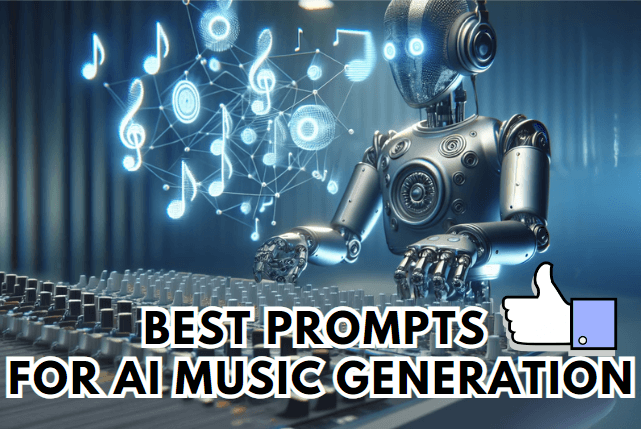
This blog explores the best song prompts for AI music maker and share practical tips to get the most out of your AI-generated song. Let’s dive in!.

- 1. Prompts for Different Music Genres
- 2. Prompts for Various Moods
- 3. Creative Prompts for Unique Soundscapes
- 4. Combining Instrumental and Vocal Prompts
 Part 4: FAQs About AI Music Prompts
Part 4: FAQs About AI Music Prompts
Part 1: Best Prompts for Music Generator AI
Staring at a blank screen, unsure what to tell your AI music tool? The right musical prompt is your magic wand. Here’s how to craft prompts that turn vague ideas into radio-ready tracks.
1. Prompts for Different Music Genres
Specifying the genre helps tailor the output to fit particular styles. Genres have rules. Nail the vibe by naming the style and its key ingredients. The best AI music prompts:
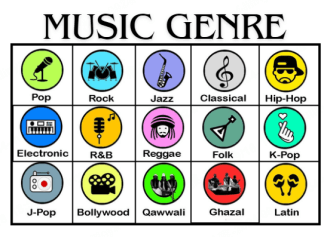
-
Classic: Compose a 3-minute Baroque piece with harpsichord, violin, and light percussion. Structure: intro, theme, variation, finale.
-
Jazz: Generate a smooth jazz track with a saxophone solo and gentle drums.
-
Rock: 90s grunge anthem: distorted power chords, aggressive drums, bassline following the root notes.
-
EDM: Build a festival drop: euphoric synths, 128 BPM, four-on-the-floor kick. Include a vocal chop every 16 beats.
2. Prompts for Various Moods
Mood = emotion. Moods significantly influence the emotional impact of the music. Describe the desired mood, you guide the AI to create music that evokes the right feelings. For example:
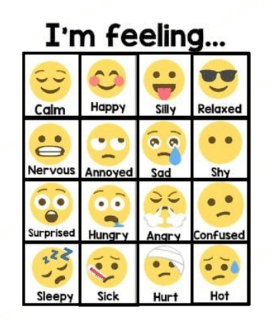
-
Happy: Upbeat summer pop: major chords, bright acoustic guitar, handclaps. Key of G, 110 BPM.
-
Sad: Melancholic piano ballad: minor key, sparse left-hand chords, soft cello drones in the background.
-
Energetic: High-energy workout mix: pulsating synth bass, punchy drums, crowd cheer samples.
-
Mysterious: Dark ambient track: deep drones, distant whispers, irregular metallic clangs.
3. Creative Prompts for Unique Soundscapes
Unconventional prompts push AI beyond generic loops. For example:
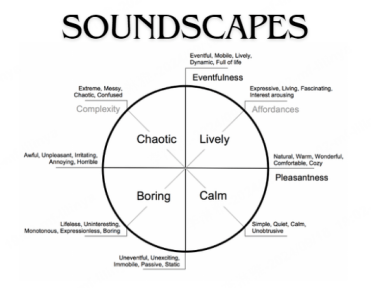
-
Experimental: Glitchy soundscape: reverse piano notes, distorted field recordings (rain, typewriter), granular synth textures.
-
Fantasy: Flute melodies, harp arpeggios, wind chimes. Add a low tribal drum every 12 seconds.
-
Cinematic: War drums, dissonant strings, rising brass swells. Peak at 1:30.
-
Ambient: Ethereal pads, slow filter sweeps, sparse plucked notes
4. Combining Instrumental and Vocal Prompts
Integrating both instrumental and vocal elements enhances the complexity of AI-generated music. For example:
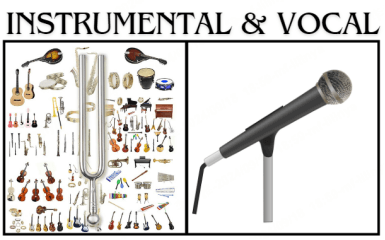
-
Instrumental Focus: Progressive metal instrumental - dual guitar harmonies, odd time signatures (7/8), synth leads in chorus.
-
Vocal-Driven: Soulful female vocals (breathy verses, belted chorus), minimalist piano, subtle sub-bass.
-
Blended: Indie folk track: male/female harmonies, fingerpicked guitar, mandolin counter-melodies in bridge.
Best prompts for music generator AI start with specifics. Experiment, tweak, and watch your ideas come alive.
Part 2: How to Create Effective Music Prompts?
1. Specify the Genre
Tell the AI exactly what style you want. Be specific about instruments, tempo, and key elements. For example:
-
Classical: Compose a lively orchestral piece with fast-paced strings and brass fanfare in allegro tempo.
-
Electronic: Create an EDM track with a 128 BPM beat, heavy synth bass, and pulsating leads.
2. Define the Mood
Music should evoke emotion. Use words that describe the feeling you want.
-
Happy: Generate a cheerful, upbeat song with major key chords, bright synths, and fast percussion.
-
Melancholic: Create a slow, emotional piano ballad with soft strings and a minor key.
3. Detail the Instrumentation
Control the sound and texture by specifying key instruments.
-
Rock: Produce a hard rock track with distorted electric guitars, a driving drum beat, and a powerful bass line.
-
Jazz: Generate a smooth jazz piece featuring a saxophone solo, upright bass, and soft brush drums.
4. Outline the Structure
A clear structure ensures the music flows naturally. Mention verses, choruses, bridges, or other elements.
-
Pop Song: Compose a pop song with a verse-chorus-bridge format, a catchy hook, and a key change at the bridge.
-
Instrumental Track: Create an instrumental track with an introduction, followed by a main theme, a middle section with variation, and a strong conclusion.
5. Provide Context
Explain the context or intended use of the music. This can help tailor the output to specific scenarios:
-
Commercial: 'Generate an upbeat and catchy tune suitable for a commercial advertisement, with an emphasis on positive and engaging elements.'
-
Film Score: 'Create a dramatic film score for a suspenseful scene, incorporating orchestral tension with dynamic shifts and eerie atmospheres.'
6. Experiment and Iterate
Refining prompts improves results. Start broad, then tweak details.
-
❌ "Generate a chill-out track." (Too vague!)
-
✅ "Create a chillout track at 90 BPM with soft synth pads, gentle percussion, and a relaxing melody." (Much better!)
By applying these strategies, you can craft effective prompts that guide AI music tools to produce music that aligns with your vision.
Clear and detailed prompts help ensure that the output meets your expectations and serves your creative needs.
Part 3: Tip - Where to Put AI Music Prompts into Practice?
Looking for a powerful AI music generator to test your prompts? Musicful is the perfect tool. It provides an easy-to-use platform for generating music in various styles, from full vocal tracks to simple instrumentals.
Try NowWhether you input lyrics, a genre description, or a combination of both, Musicful creates high-quality tracks in seconds.
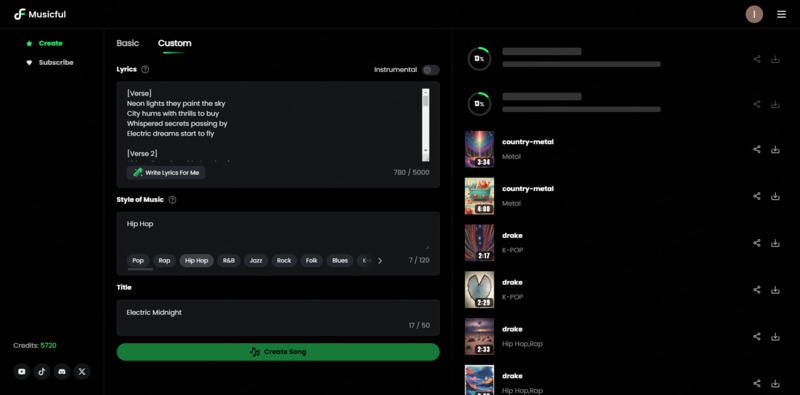
What's more: If you have no idea how to write prompts for music, you can create a prompt by clicking "Get Inspired" under Description Mode!

Part 4:FAQs About AI Music Prompts
1. What is a good prompt in AI?
A good prompt in AI is:
-
Clear: Easy to understand.
-
Specific: Describes exactly what you want.
-
Contextual: Provides relevant background.
-
Formatted: Indicates the desired format or structure.
-
Concise: Brief but informative.
2. Can ChatGPT create music?
No, ChatGPT cannot generate music directly, but it can help by:
-
Generating Lyrics: Creating lyrics or song ideas based on prompts you provide.
-
Suggesting Themes: Offering ideas for themes, moods, or styles for your music.
-
Providing Guidance: Giving tips on structuring songs or using music generation tools.
3. Can I combine multiple genres in a single prompt?
Yes! AI can blend genres if you provide a clear and specific prompt.
Example: "Create a track that combines jazz-style piano with EDM beats and orchestral strings."
4. What’s the best AI music generator for prompts?
Musicful is the best choice! It offers:
-
High-quality AI-generated music
-
Multiple genres and styles
-
AI-powered lyrics and fast output
-
Free trial & affordable premium options
Conclusion
Best Prompts for Music Generator AI help you create high-quality AI-generated music that fits your vision. Clear, detailed prompts ensure better results, whether for pop, cinematic, or lo-fi tracks.
Try Musicful to bring your AI music ideas to life instantly!
Make Music Now




